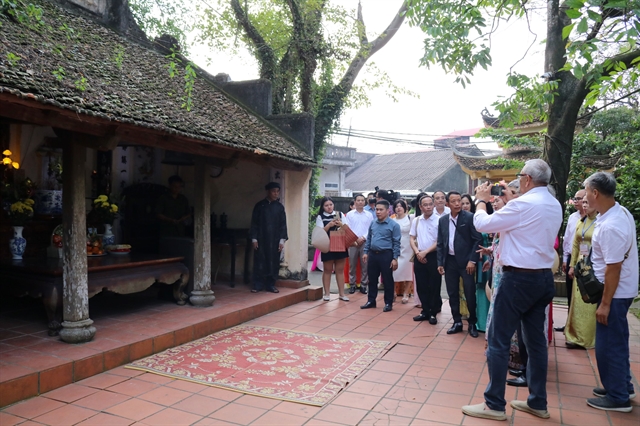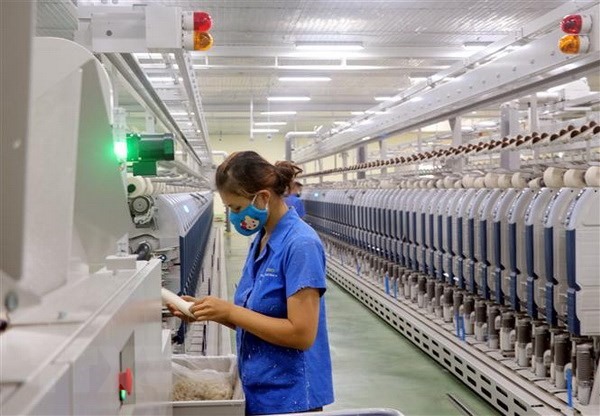 Society
Society

The Việt Nam Textile and Apparel Association and conservation organisation World Wide Fund for Nature launched two flagship products and an initiative designed to promote improved river basin governance, improve water quality and develop sustainable energy use in the textile and garment sector on Wednesday.
 |
| The Việt Nam Textile and Apparel Association and conservation organisation World Wide Fund for Nature launched two flagship products and an initiative designed to promote improved river basin governance, improve water quality and develop sustainable energy use in the textile and garment sector on Wednesday.— VNA/VNS Photo Nguyễn Lành |
HCM CITY — The Việt Nam Textile and Apparel Association and conservation organisation World Wide Fund for Nature launched two flagship products and an initiative designed to promote improved river basin governance, improve water quality and develop sustainable energy use in the textile and garment sector on Wednesday.
The “Exploring water risks and solutions for the textile and garment sector in Việt Nam” report and “High-resolution Mekong regional water risk filter” tool along with “Greening Việt Nam’s textile and garment sector through improved water management and energy sustainability”, funded by HSBC, will involve many players in the sector to promote better river basin governance and contribute to water quality improvement and sustainable energy use.
The textile sector is a crucial element of the Vietnamese economy and is heavily dependent on water. It also has a high impact on water resources due to the large amount of water discharged from its operations.
The “Exploring water risks and solutions for the textile and garment sector in Việt Nam” report aims to examine the sector and water risks that could potentially impact the country’s textile and garment sector in the next five years.
The report showed the fact that the sector’s investment in wastewater treatment requires significant scaling up compared to the current level and factories still experience difficulties in meeting the national standards on wastewater discharge due to reasons such as inability to finance technologies required for treatment.
It also pointed out major risks the sector could face like shortages in surface water supplies occurring during dry seasons and droughts, poor quality groundwater interrupting the operations of textile factories or forcing them to switch to other sources of water and stricter controls on the operations of textile factories because of their pollution of water sources.
The report makes 12 recommendations to industry stakeholders to mitigate the risks.
They include adopting water-saving practices and efficient management activities at both the factory and industrial park levels and best practices in chemical and waste water management, building capacity for water-saving practices, developing a smart water use programme for the textile and government sectors at the national level, and establishing the Lancang-Mekong River Stewardship Collective to engage with the six countries on river-related risks and opportunities.
The High resolution Mekong regional water risk filter was developed by the WWF with support from the German Development Finance Institution.
It provides companies and investors with a practical online tool to assess water-related risks in their operations, supply chain and investments.
This globally recognised tool can assess both basin and operational water risks and provide customised guidance on how to respond.
High-resolution data for the Mekong region highlights three hotspots for high water quality risks around HCM City, Hà Nội and Bangkok and emphasises the high risks of flooding in the Mekong Delta.
For the textile sector, the filter is not only designed to identify risks, but also offers mitigation response. Currently there are 50 response actions available online.
Besides, sector-specific actions and links to frameworks for the textile and apparel sector are available to enable the next generation of water stewards. — VNS




